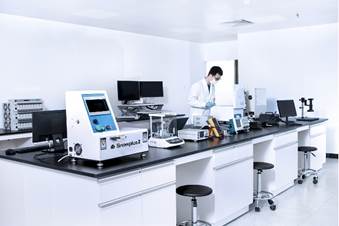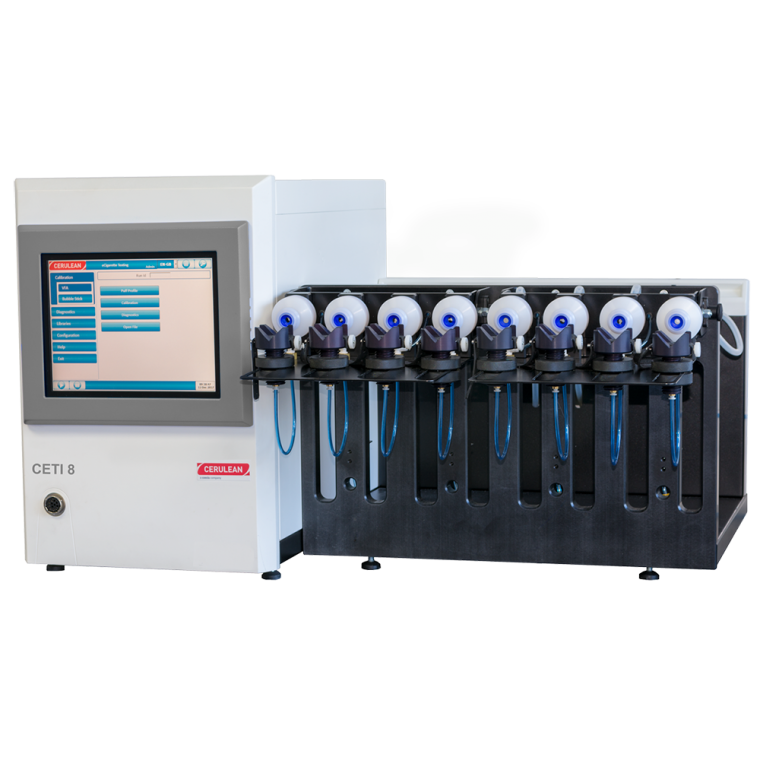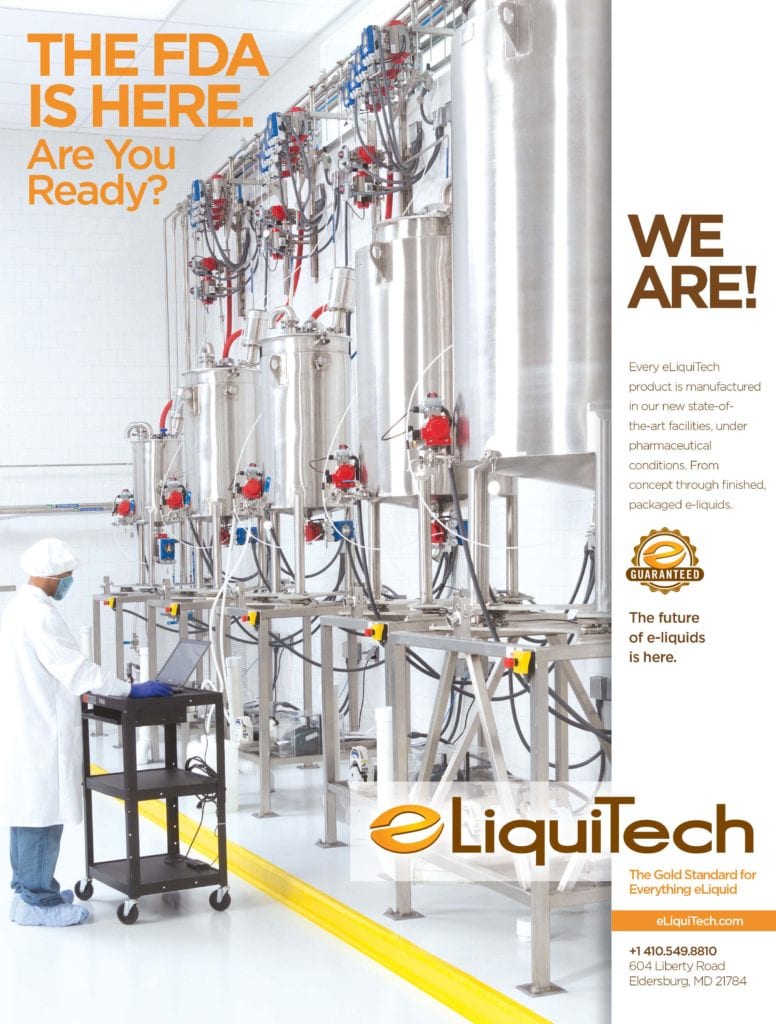Analytically Speaking
- Science This Issue
- December 25, 2022
- 11 minutes read


Kim Hesse shares her insights into the comparatively new field of testing ENDS products.
By Timothy S. Donahue
In late October, a health regulatory body in Mexico said its scientists had developed a new methodology to analyze the aerosols in electronic nicotine-delivery systems (ENDS) because “no one else has come up with one.” Cofepris chief Alejandro Svarch said that the final results of a new analysis of ENDS products using the new method will be published in scientific journals in the coming months. Svarch added that the “pioneering methodology” developed in Mexico will be of interest to health authorities in other countries.
The situation is puzzling at best since researchers have had the ability to evaluate aerosols in ENDS products for some time. Additionally, the sale of ENDS products was banned in Mexico in June. This led to many in the vaping industry to wonder how the nation could justify an ENDS ban when it now claims it had no ability to test the safety of the products.
Every country that regulates vaping products requires that the products be tested for various elements, such as harmful and potentially harmful constituents (HPHCs) and heavy metals. According to Kim Hesse, vice president of sales and marketing for McKinney Regulatory Science Advisors, researchers have used aerosol testing methodologies to evaluate air quality, combustible cigarette smoke and inhaled medical product aerosols for many years, and ENDS aerosol testing has existed for nearly 15 years.
“This knowledge was then adapted to the ENDS industry. The earliest known third-party tobacco testing laboratory of ENDS products occurred in 2008 by one of the largest tobacco laboratories. Most other third-party labs began testing no later than 2015,” explained Hesse. “Coresta [Cooperation Centre for Scientific Research Relative to Tobacco, an organization that promotes international cooperation in scientific research relating to tobacco] has been working on validating methods for ENDS products for many years. The organization has validated method[s] for smoke collection and instrumentation while continuing to work on many more method needs for the ENDS category.”
Hesse said that it is important to test ENDS products to ensure the general public is not inhaling unacceptable levels of potentially harmful compounds (e.g., heavy metals or diacetyl). By testing these products, the industry can ensure consistency and provide regulators, such as the U.S. Food and Drug Administration and other government agencies, the data needed to evaluate ENDS products. She sat down with Vapor Voice to answer several questions related to ENDS testing.
Vapor Voice: What type of experience do you have in testing tobacco and ENDS products?
Hesse: We published several scientific articles that demonstrate our knowledge, capabilities and experience testing tobacco and ENDS products. For example, we recently published an article that provides instructions on the importance of conventional toxicological metrics when generating and characterizing ENDS aerosols.
How is testing e-cigarette vapor different from testing combustible cigarettes?
It depends. Testing combustible cigarette smoke, which contains a particle and gas phase, is a bit more challenging than simply testing an ENDS aerosol.
However, when you consider product variability, ENDS products present many challenges that cigarettes don’t. ENDS products come in all different shapes and sizes. Some have round mouthpieces while others have square. This alone poses a challenge in connecting the device to the smoking instruments, whose adaptors are round. Some devices have actuators, all of which are in different locations. Some vaping machines have push actuators that do not work well with the various actuator shapes and locations. Cigarettes, on the other hand, are standard size, and 20 cigarettes can be lit at one time with a standardized lighter that is built into the smoking machine.
Combustible cigarettes are tested to completion, and e-cigs are only tested for a set number of puffs. After the aerosol or smoke collection is accomplished, the remainder of the testing for the various compounds proceeds in essentially the same fashion regardless of whether it is aerosol or smoke. The e-cigs and cigarettes are tested on essentially the same instruments, but the method regimes (number of puffs, interval between puffs and volume) are slightly different.
Are there different standards for testing, and how does a company know which ones to use?
Both combustible cigarettes and ENDS products have a standard Coresta regime for ambient (ISO) testing. The Health Canada (intense) method for e-cigarettes [is] determined by the manufacturer’s scientists and is established based on the limitations of the devices (some devices have puff duration limits).
The analytical methods can also vary slightly between combustible cigarettes and vaping products due to the significant reduction of constituents in the e-cigarettes. The calibration curve is usually much lower in e-cigarette analysis. Other variabilities are the angle in which the e-cigarette devices are tested. The testing angle of the device is based on the model (tank, cigalike, etc.).
Are there many challenges in e-cigarette testing, and how can those difficulties be overcome?
You are required to share data with FDA even if the data is not favorable. Several companies simply have their products tested and then send the report to FDA without knowing if the data supports their product as appropriate for the protection of public health.
There is always room for improvement. We find that most labs are always working on method improvement. As mentioned previously, the various sizes and shapes of the ENDS devices pose a challenge. The lack of standardized testing methods for all the HPHCs and lab variability pose opportunities for improvement.
How accurate are the testing methods and the results that the tests provide?
Currently, analytical methods can detect chemicals at extremely low levels. Chemicals are often detected at levels that do not pose a health risk to humans. Some in public health use detected levels of chemicals rather than the more important harmful level of chemicals to create a public panic and thereby negatively impact the goal of harm reduction.
Coresta has a good working group for ENDS testing and analytical methods. We should focus on having more companies and laboratories actively participate in studies aimed at simplifying and reducing variability of existing methods.
One area of a standardization focus should be on the creation of a reference ENDS device that may be used with any remaining e-liquids—similar to the reference cigarette (1R6F), which is used to compare combustible cigarette data generated by different labs.
From your test results, would you say that vaping is less risky than combustible smoking?
This isn’t about me. What I can say is that Brian King, the director of the FDA’s Center for Tobacco Products, said in the media that he understands that e-cigarettes have “markedly less risk” than a combustible cigarette product. He acknowledged the continuum of risk for tobacco products and where e-cigarettes fall on that continuum. During the recent GTNF 2022 I attended, he said that there are certain products that are lower risk than combustible cigarettes, and that is an important component of the dialogue for the FDA. The FDA acknowledging that e-cigarettes are less harmful than combustible cigarettes is significant.
Do you have any recommendations for companies looking to have their products tested?
First, simply sending samples to a lab without understanding the testing requirements or how to interpret the data is a waste of money. Make sure you are working with a credible group of scientists that guide you through the process of generating scientific data.
I suggest the following: Ensure the laboratory you choose is ISO 17025 certified. It is advisable to use a laboratory the FDA is familiar with. This will make the data review process a bit better and will likely not result in denial of data submission due to laboratory insufficiencies. When choosing a lab, make sure they have filed a tobacco product master file (TPMF) with the FDA and that their methods are validated and validation reports are included in their TPMF.

